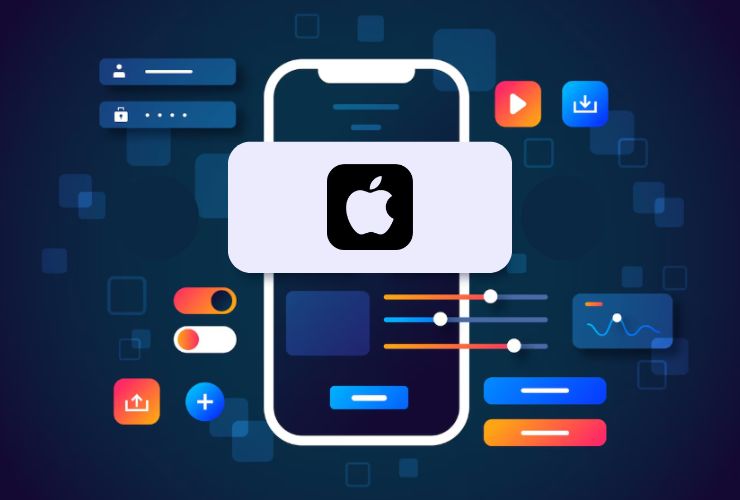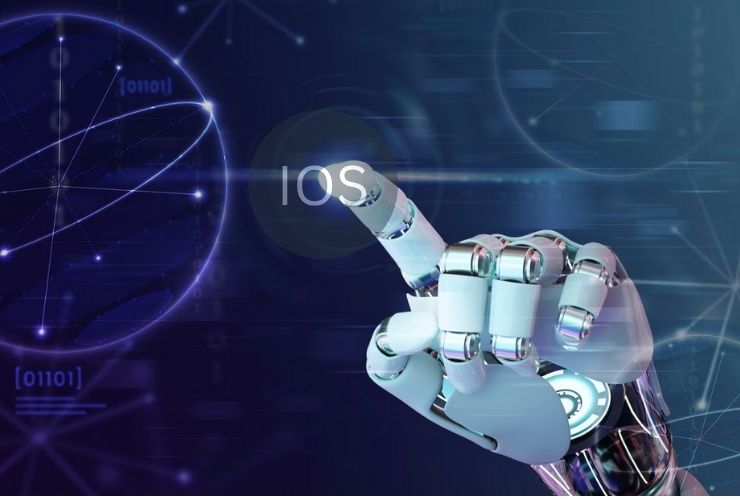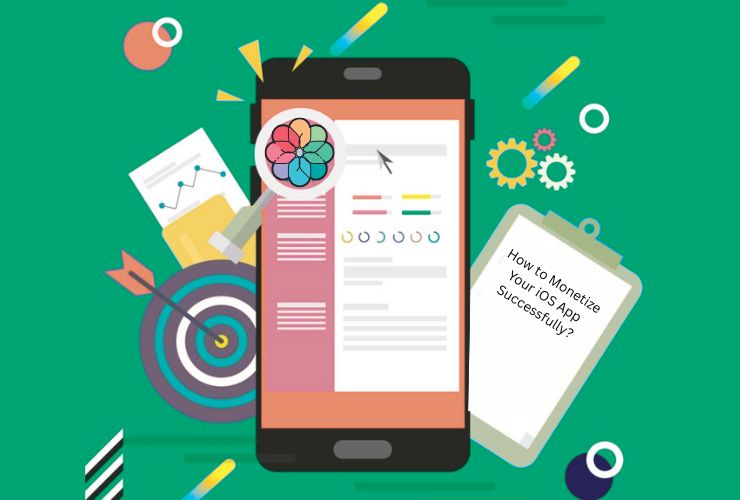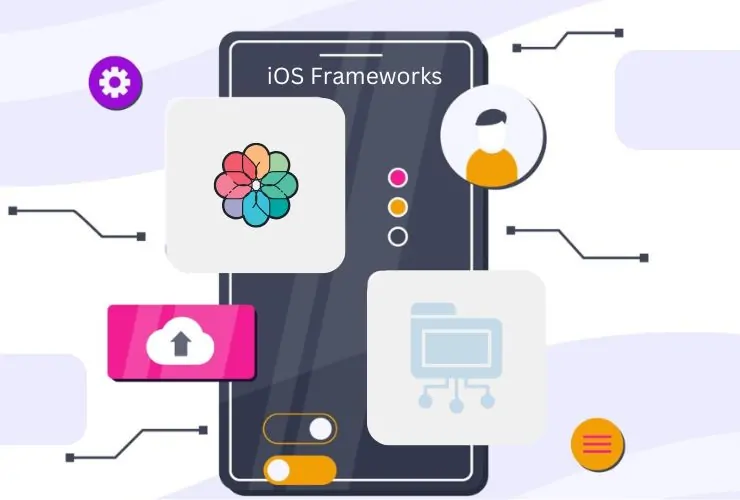The landscape of iOS development is being transformed, fueled by the never-ending advancements in the technology infrastructure of Apple and changing end-user requirements. Apple has recently brought about revolutionary frameworks such as SwiftUI and ARKit that have reshaped the art and science of application building to the very root level. Not only are these making developers’ work easier, but they are also allowing developers to develop more interactive and more engaging user experiences. Moving into the future of 2025 and beyond, it is evident that these technologies, as well as other emerging trends, will continue to define what iOS development means.
This piece delves further into the future of iOS development by examining how SwiftUI and ARKit lead the way, and how other strong trends continue to shape how developers create, build, and deliver apps.
SwiftUI: A New Era for User Interface Development
SwiftUI is a game-changer when it comes to building user interfaces in the world of Apple. It is different from the old imperative programming models, where SwiftUI is coded declaratively where programmers just tell the UI what it should look like and how it should behave more naturally. This is easier and faster to code, resulting in more dynamic and interactive user interfaces.
Even more radical is the way SwiftUI unites development across all of Apple’s platforms, namely iOS, iPadOS, macOS, watchOS, and tvOS. With SwiftUI, developers can use a single codebase that switches automatically for different kinds of devices as well as screen sizes, truly boosting development efficiency and consistency. Cross-platform capability is particularly significant because Apple continues to grow its hardware base.
Second, Apple’s continued investment in SwiftUI ensures the framework continues to build upon and add to its capabilities and sophistication. Every new release introduces more capable building blocks, improved performance optimizations, and new features that allow developers to create more capable and sophisticated applications. As SwiftUI continues to mature, it’s going to be the default choice for user interface assembly within the Apple ecosystem.
ARKit and the Evolving Role of Augmented Reality
Augmented reality is not science fiction anymore; it’s now a fundamental aspect of Apple’s vision for the future of the computer. ARKit provides developers with the ability to create very immersive and interactive AR experiences that integrate digital content perfectly with what’s around us. Its potential is already evident in fields like gaming, retail, education, healthcare, and training where AR apps enhance engagement and deliver distinctive value.
ARKit will be playing a more critical role in the future as Apple continues to push into spatial computing. With new hardware that is coming out, including the Vision Pro headset, developers will be able to make apps like never before that transcend screen-based devices. Spatial experiences will redefine interaction models in which users can work with digital objects in three dimensions of space in a real and intuitive manner.
As hardware technology improves—faster processors, better sensors, and better cameras—AR experiences will be more real and responsive. That will allow developers to make apps that deliver truly immersive environments and experiences, opening up new opportunities for entertainment, productivity, and creativity.
Upcoming Trends That Will Define iOS Development
Though SwiftUI and ARKit lead the way, a couple of other significant trends will shape iOS development:
Artificial Intelligence and Machine Learning:
Core ML provides developers the ability to architect robust AI and machine learning models natively within Apple devices. With local processing, apps are able to provide smart, context-driven features that don’t require exposing users’ personal data, as sensitive data do not need to be uploaded to third-party servers. In the future, we can look forward to AI-powered personalization, more intelligent automation, and more robust predictive capabilities as ubiquitous aspects of iOS apps.
Privacy and Security:
Apple’s commitment to privacy continues to dictate the tone of the mobile world. Next-generation iOS apps will be required to follow even more stringent data protection and transparency principles. Developers must create privacy-aware apps that fully disclose data usage and provide users with full control over their data. This emphasis is expected to extend to app design and feature creation, security by default.
Shared Codebases and Cross-Platform:
Shared programming and sharing across Apple’s whole device family will increasingly become important. Shared-frameworks and modulated architectures will enable developers to minimize duplication, speed the development cycle, and have a consistent user experience from phones through tablets to desktops to wearables.
Voice and Gesture Interaction:
Voice commands and gesture control will become increasingly part of the app interaction model as natural user interfaces evolve. Siri and other voice assistants will be more powerful, allowing apps to offer hands-free functionality. Gesture control, especially on wearables and spatial computing platforms, will offer ease-of-use and intuitive means of interacting with apps without touchscreens.
Preparing for the Future as an iOS Developer
For developers who are ready to succeed in the fast-paced world today, flexibility and continuous learning are paramount. Learning SwiftUI will be the driving force behind this, since it is Apple’s future user interface development. Discovering ARKit and dabbling in augmented reality will also put developers in a position where they can design next-generation applications.
Staying current on a regular basis with Apple’s developer releases, particularly around the Worldwide Developers Conference (WWDC), will keep you aware of fresh tools, APIs, and best practices. Coupled with this, staying committed to performance optimization, security, privacy compliance, and accessibility ensures developers publish high-quality apps that meet heightened end-user expectations.
Having foundations in these is going to enable developers to not only address today’s challenges but also tomorrow’s opportunities within the Apple ecosystem.
Conclusion
The future of iOS app development is bright and fraught with promise. SwiftUI and ARKit are revolutionizing app development and user experience, and enhancements in AI, privacy, and interaction models are adding richness to the developer’s toolkit. By embracing these technologies and learning new development paradigms, developers can create apps that capture attention and extend what’s possible on Apple platforms.
As Apple continues to innovate, developers who stay curious, adaptable, and driven by a passion for excellence will best shape the future of iOS experiences and the future of mobile and spatial computing.














